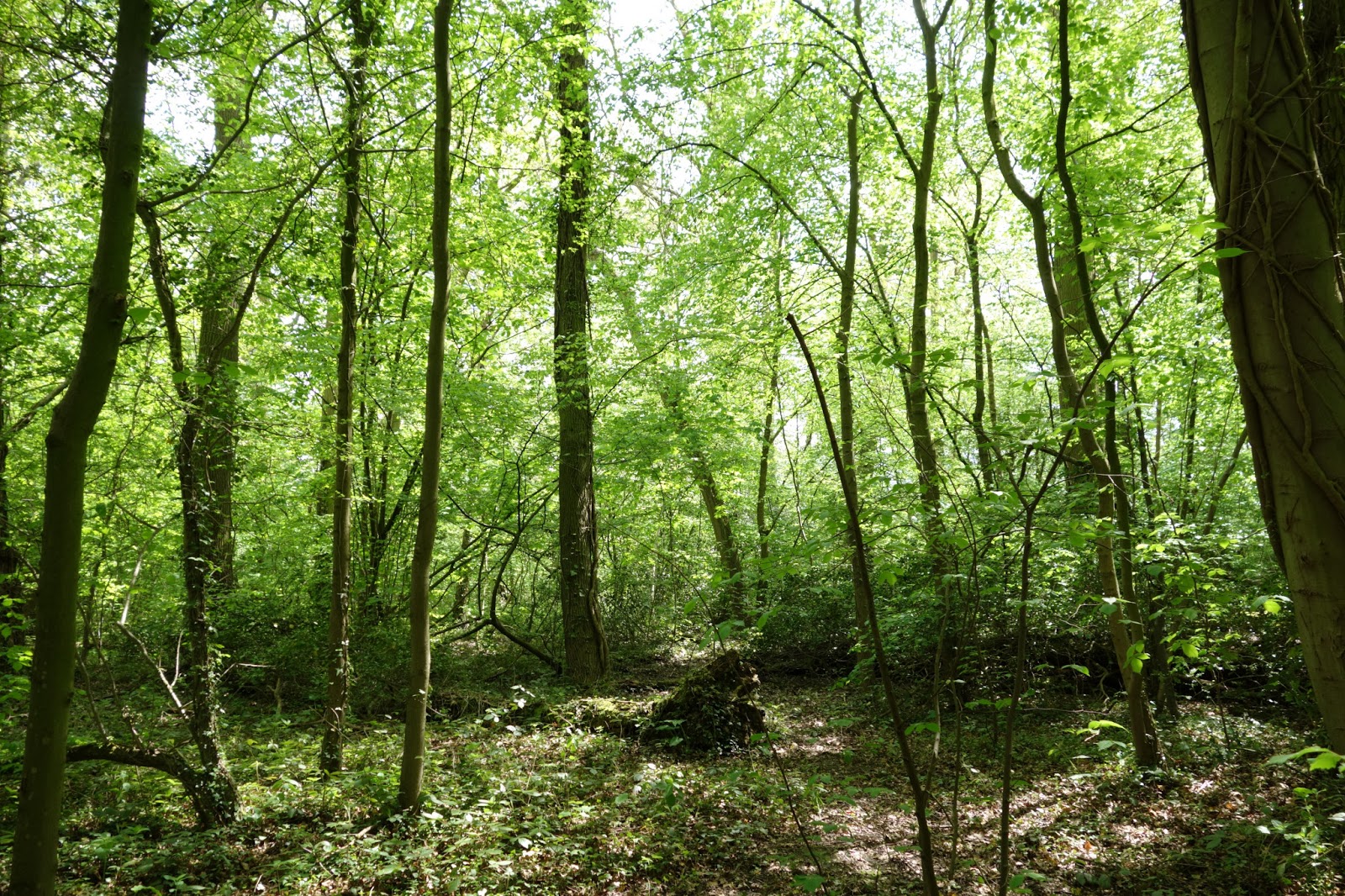Last Sunday I had the privilege of leading a Beech tree pilgrimage in Dartington, part of the Wild Church year of tree pilgrimages. As we began our journey we held both the lightness and warmth of the sunshine alongside the darkness of loss close to some of our hearts.
Our journey began with a meeting of pilgrims and a youthful little Beech trying hard to escape her woodland edge confines. Still a few weeks off bud bursting meant the shapely elegance of the Beech buds was apparent and a striking contrast to the Hazel, Sycamore and Ash already unfurling new leaves. Very young Beech leaves are not only edible but have a wonderful soft lemony sorrel flavour as they escape their vibrant little pink jackets.
Noticing the fine details of the tree is an immediately grounding way to draw our attentiveness to the fore. The beginning of making acquainting, developing a relationship with these trees…
Beech are the woodland elders, native insofar also they crept North across the land-bridge just before the Chanel opened some 5000 years ago, and made a home particularly in the South of this country. They have likely always been an intimate part of our culture, often pollarded and coppiced for firewood used historically for firing glass making furnaces and turned for bowls, spoons, weapons and more.
We journeyed from young to a venerable old, tall and stoic Beech that hides in the midst of the woodland, and is encircled by Holly sentinel saplings. Peering up towards its branches one can imagine how it has been witness to an ever shifting landscape from its cloud dusting height, and why Beech woodlands are said to have been the original inspiration for cathedral design.
Walking the edge of farmland I heard the changing bird calls as we moved through microclimates from open farmland through the gardens to the Lady of the estate, a much loved Beech overlooking fields, woodland, railway and river. Since first meeting I have been captivated by her and spent many a happy hour under her canopy, peering up at the old tree carvings of yesteryear now high up in her branches.
Next time you happen across a venerable Beech, take the time to sit and make yourself comfortable under her branches. Just sit and attend to your senses for half an hour. Listen to the bird calls, the squirrels defending their territory and the occasional twig snap, and you’ll find that after not too long you’ll even be able to hear the beetles, the woodlice pattering along the carpet of brown leaves under the timeless embrace of Beech.
Words and photos by Myrtle Cooper
This journal was first published in Myrtle’s journal at:
http://www.wildandcurious.org.uk/blog/4592054964/Beech-Cathedrals-Woodland-Elders/11149121






